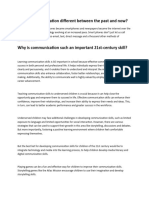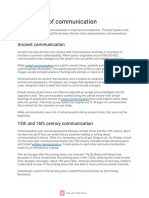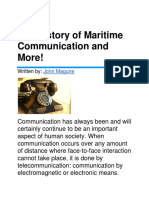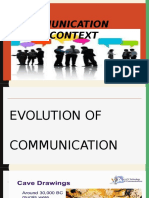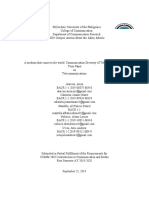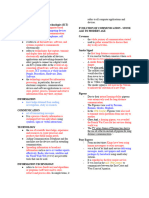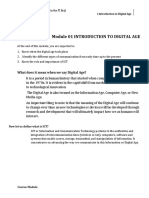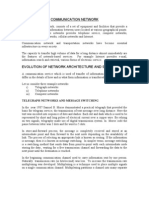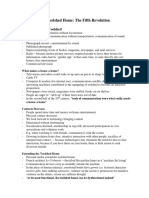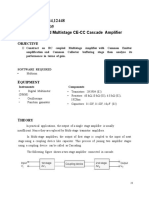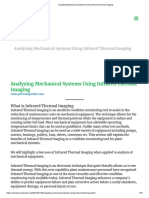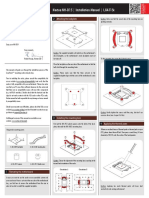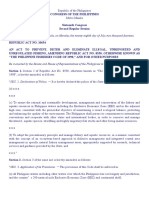0% found this document useful (0 votes)
89 views13 pagesDate: February 5,2021: Interaction Design Coursework Assignments 2020-2021
The document discusses the history and evolution of communication technology from the past to present. In the past, communication methods included smoke signals, letter writing, and the telegraph, which was invented in the 1830s and allowed faster transmission of messages over long distances. In the present, developments like the telephone, radio, cable TV, internet, and smartphones have enabled new forms of instant communication globally through wireless networks and fiber optic cables. Communication technology continues to advance, increasing transmission speeds and allowing information to be shared more quickly and conveniently.
Uploaded by
5682 AatqaCopyright
© © All Rights Reserved
We take content rights seriously. If you suspect this is your content, claim it here.
Available Formats
Download as DOCX, PDF, TXT or read online on Scribd
0% found this document useful (0 votes)
89 views13 pagesDate: February 5,2021: Interaction Design Coursework Assignments 2020-2021
The document discusses the history and evolution of communication technology from the past to present. In the past, communication methods included smoke signals, letter writing, and the telegraph, which was invented in the 1830s and allowed faster transmission of messages over long distances. In the present, developments like the telephone, radio, cable TV, internet, and smartphones have enabled new forms of instant communication globally through wireless networks and fiber optic cables. Communication technology continues to advance, increasing transmission speeds and allowing information to be shared more quickly and conveniently.
Uploaded by
5682 AatqaCopyright
© © All Rights Reserved
We take content rights seriously. If you suspect this is your content, claim it here.
Available Formats
Download as DOCX, PDF, TXT or read online on Scribd
/ 13





